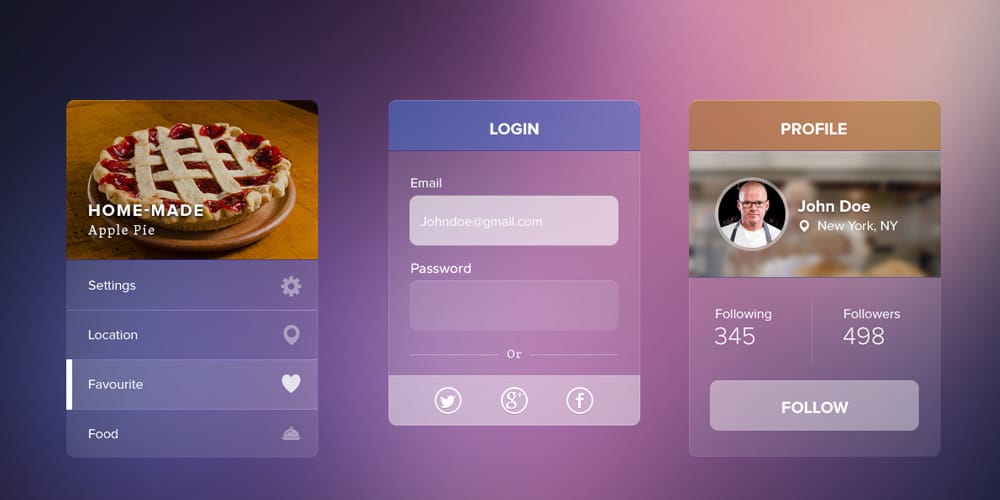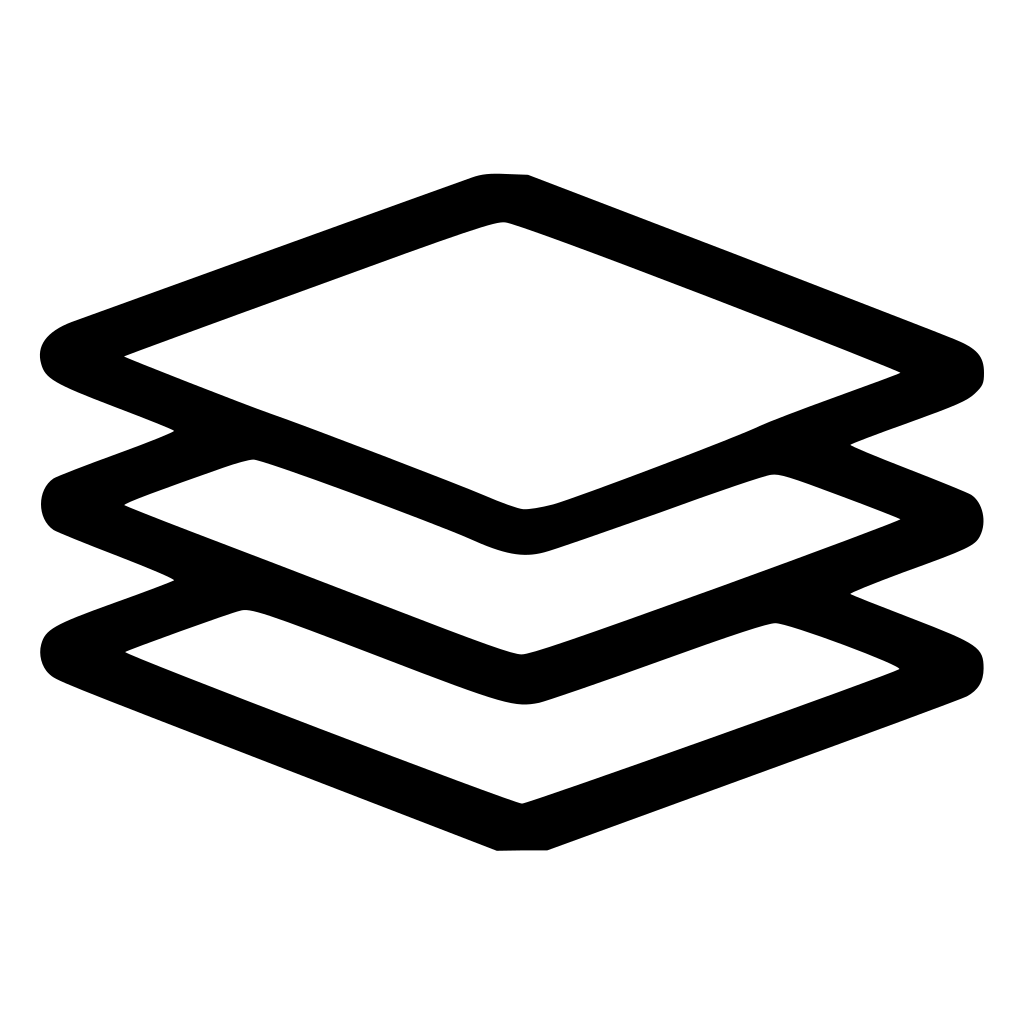

Your new action should now look something like this: Carefully repeat each step listed in "A better way", including closing the document.Hit the "Create New Action Button", and name it.Open your actions palette (window > actions).Select the layer or group containing your asset.Saving the steps listed in "A Better Way" as an action with a shortcut key is SUPER easy. How you do dis, you ask? ACTIONS my friend. One keystroke, name that file, and you're onto the next one.
#SAVING PSD WEB PAGE LAYERS AS PNG HOW TO#
Now, let's look at how to set that up as an action. There's nothing to undo to get back to where you were. Save for Web (works cleanly since you're saving the whole document - no accidental extras or generated filenames)Īnd now you're back to your pristine Photoshop file, with your perfectly sized asset saved out and ready to go.Now your document is exactly the size of your asset, to the exact pixel.Now you have a new photoshop document with just that isolated asset!.In the dialog that pops up, change the destination document to "New" and hit ok.Right click on the layer or group title and click "Duplicate Layer/Group".A better way: The best thing about this workflow, is that it's COMPLETELY automatable, meaning we can turn this in to a reusable action. This was my terrible work flow years ago. Have an emotional breakdown as you realize you must repeat this process 99 more times today.Delete the slice you created that's overlapping another asset you need to cut out separately.Remember which layers you hid to export that one piece, and re-enable them.

So we will then need to put our layer title into the spot that currently says "(layer name):
#SAVING PSD WEB PAGE LAYERS AS PNG SKIN#
Then we bring up a "save as" window and you will see our PSD file is currently save as "The (layer name) Skin for the Beats by Dre Solo 2 Headphones", How we do this now is we double click the layer title, so it allows us to "copy" the title (instead of typing it in).

For example: The top layer here is called "Blue Vector Fish and Boat Pattern". Here's a test example of a few designs.Įach background layer is titled corresponding to what the design is called. After we line up all the backgrounds as individual layers behind the main device window, we then have to save out each layer as its own png. We have 2,000+ designs to offer for each device, so this takes time. To show what a design looks like on a device, we have to create a main layer of the device, having the place of where the skin would fit cut out for our background layer images to slide behind.


 0 kommentar(er)
0 kommentar(er)
